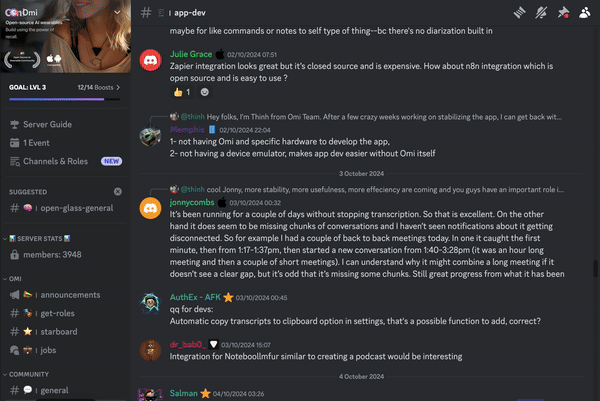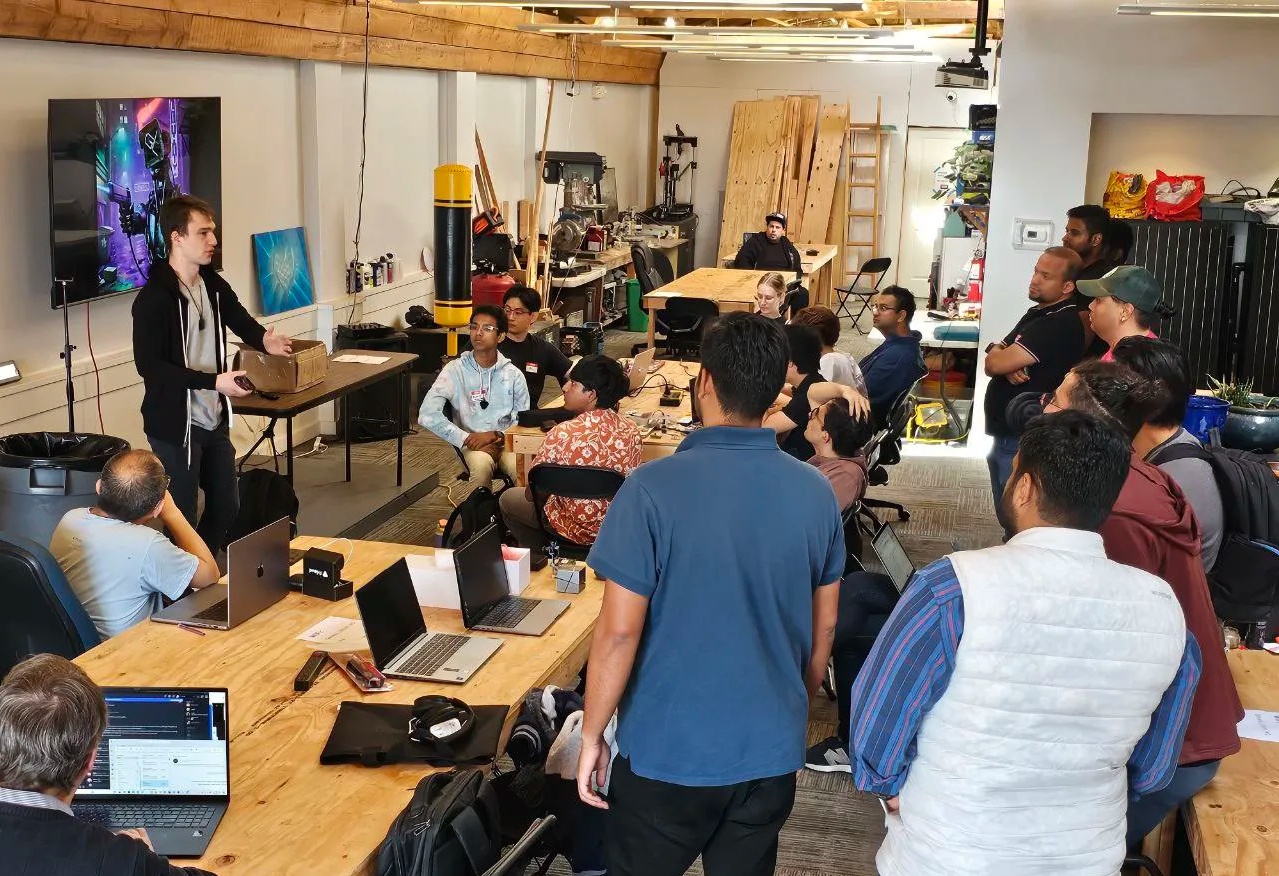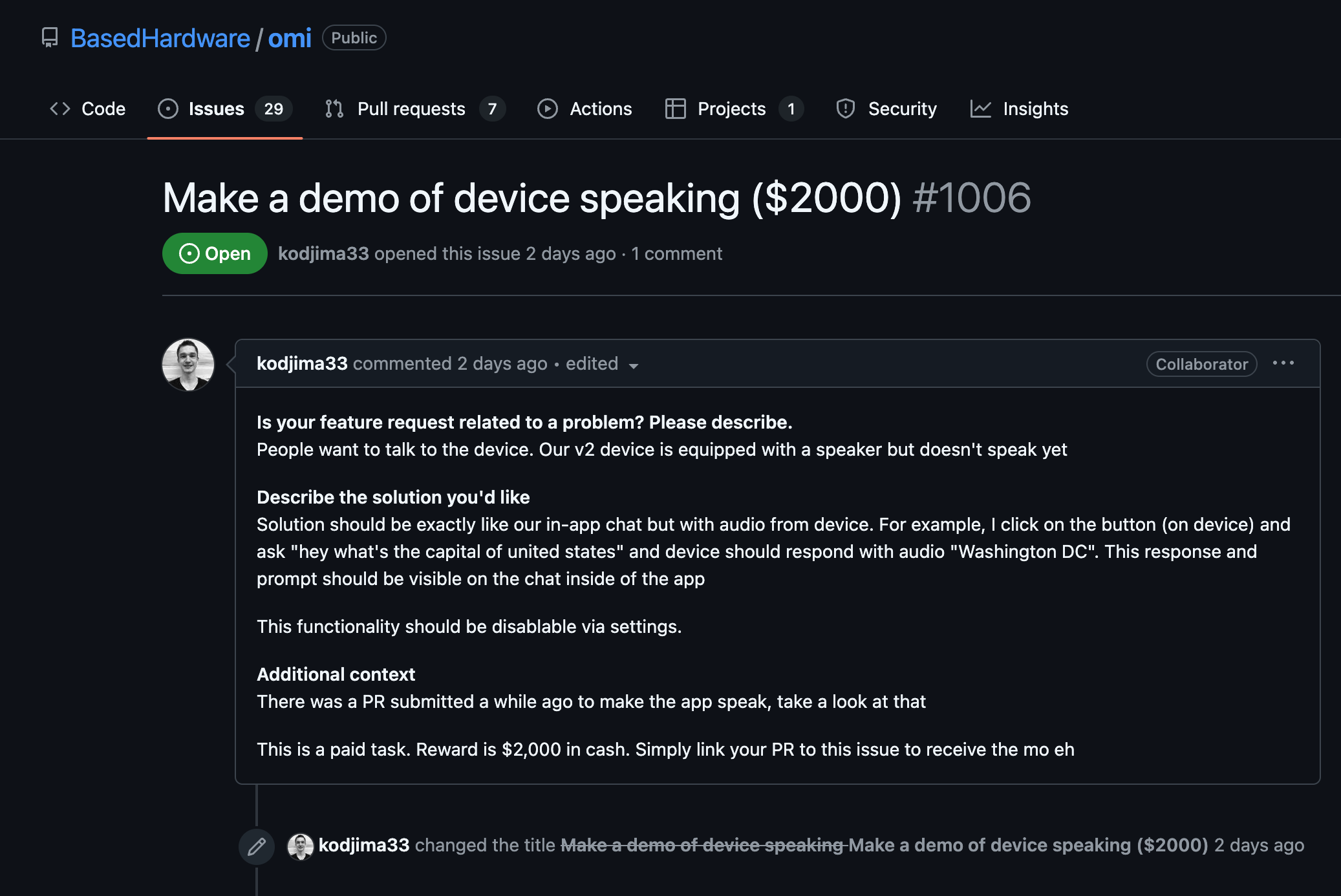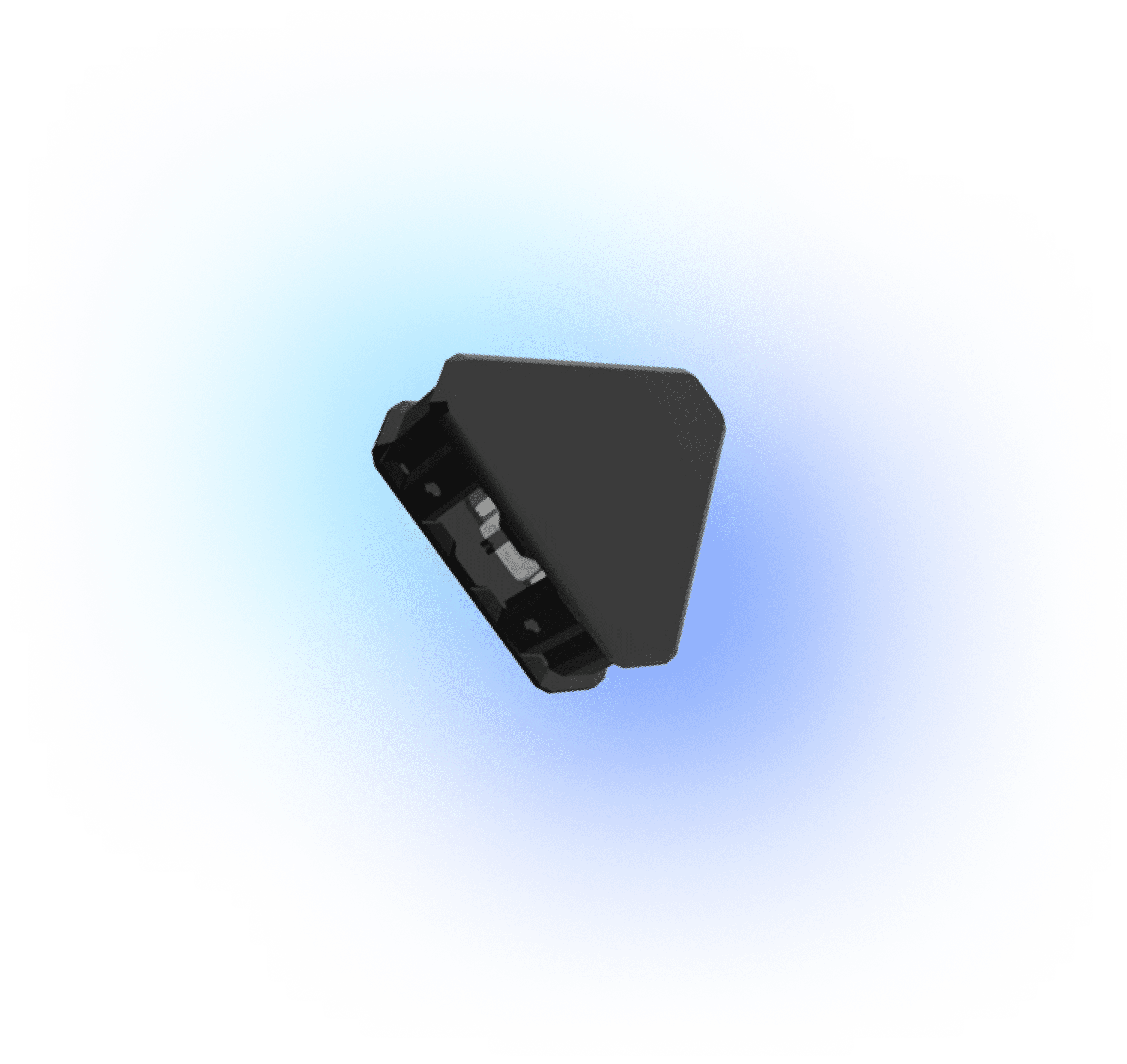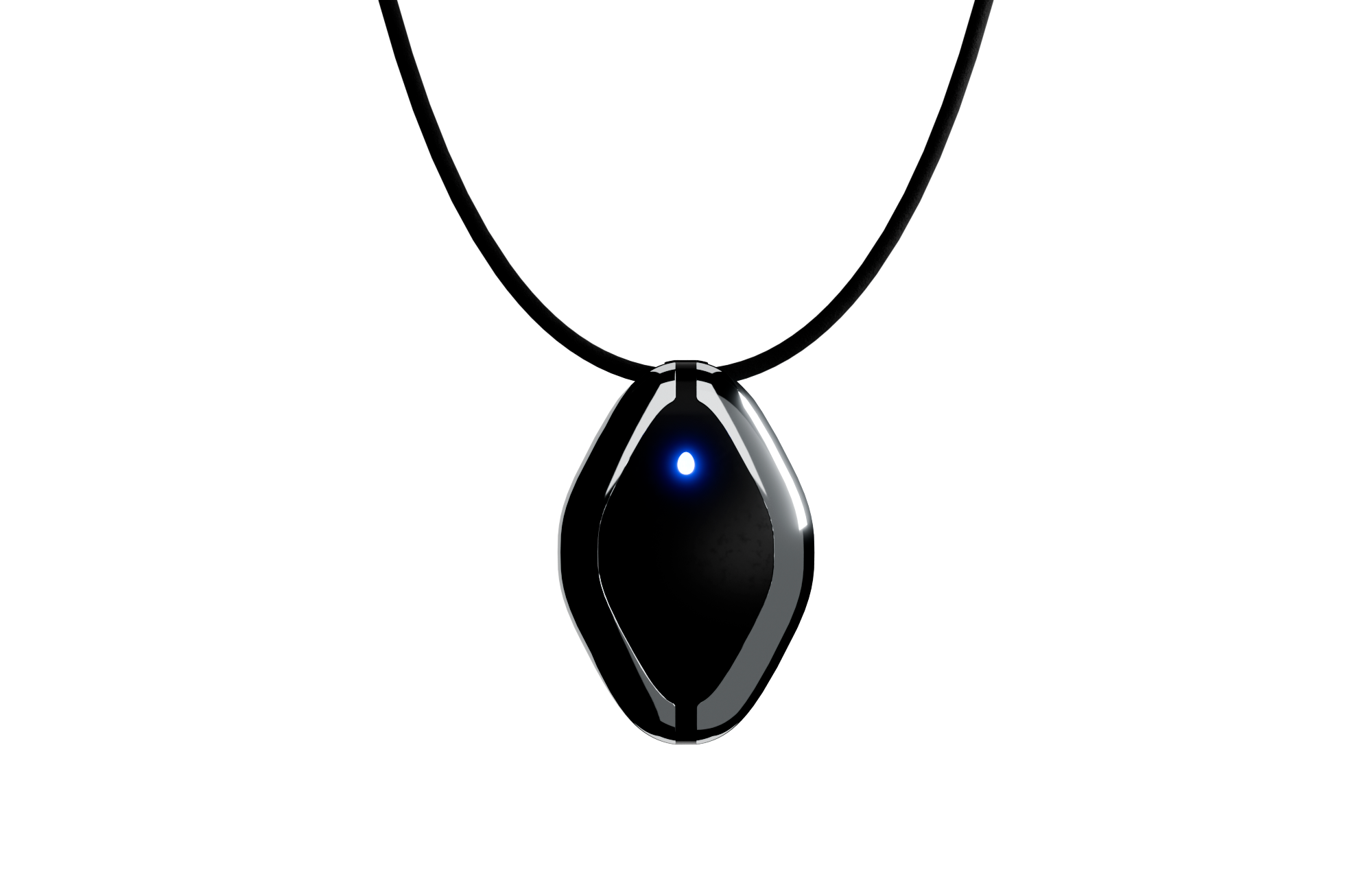Check Timer Configuration Registers
- Review your microcontroller's datasheet to ensure that you have configured the correct timer registers. Each microcontroller family has different registers, so it's essential to verify them before proceeding.
- Consult the appropriate reference manual to confirm the timer settings, including prescaler and mode configurations.
Verify Clock Settings
- Ensure that the system clock is configured correctly to drive the timer. If your timer relies on an external clock source or oscillator, verify that it is operational and correctly connected.
- Calculate the timer frequency by considering the system clock frequency and the prescaler value. Adjust if needed to match your timing requirements.
Initialize the Timer Correctly
- Ensure correct initialization of the timer in your firmware. This might include setting the timer mode (e.g., up-counting, down-counting, PWM) and enabling the timer interrupt if required.
- Check each microcontroller register associated with the timer to see if they are set correctly within your initialization code.
// Example initialization for a generic timer
void Timer_Init() {
// Configure Timer Mode Register: up-counting mode
TIMER_MODE_REG = 0x01;
// Set prescaler value
TIMER_PRESCALER_REG = 0x08;
// Enable timer interrupt if needed
TIMER_INTERRUPT_REG |= INTERRUPT_ENABLE;
}
Debug Interrupt Handling
- If your timer uses interrupts, ensure that the interrupt vector table has the correct entry for your timer interrupt. Missed or misdirected interrupts can lead to incorrect timing behavior.
- Verify that your interrupt handler is correctly processing timer events and acknowledging the interrupt flag post-processing.
void __ISR(_TIMER_VECTOR, IPL7SRS) TimerInterruptHandler(void) {
// Clear the timer interrupt flag
TIMER_INTERRUPT_FLAG = 0;
// Perform timer-specific tasks here
}
Utilize Debugging Tools
- Leverage debugging tools like in-circuit emulators (ICE) or serial wire debuggers (SWD) to step through the timer initialization and operation code to detect abnormal behavior.
- Use breakpoints to pause execution and inspect register values during and after timer configuration.
Test and Calibrate
- Once configuration issues are addressed, conduct timing tests to validate functionality under different loads and conditions. Adjust settings as needed to fine-tune performance.
- Consider integrating a calibration phase in your firmware to correct any timing drift over time, particularly important in systems with variable frequency sources.
Review External Influences
- Check for electromagnetic interference (EMI) or issues in the circuit design that could introduce noise, affecting the timer's accuracy.
- Ensure that your power supply is stable and within the required specifications, as power fluctuations may affect timer operation.
